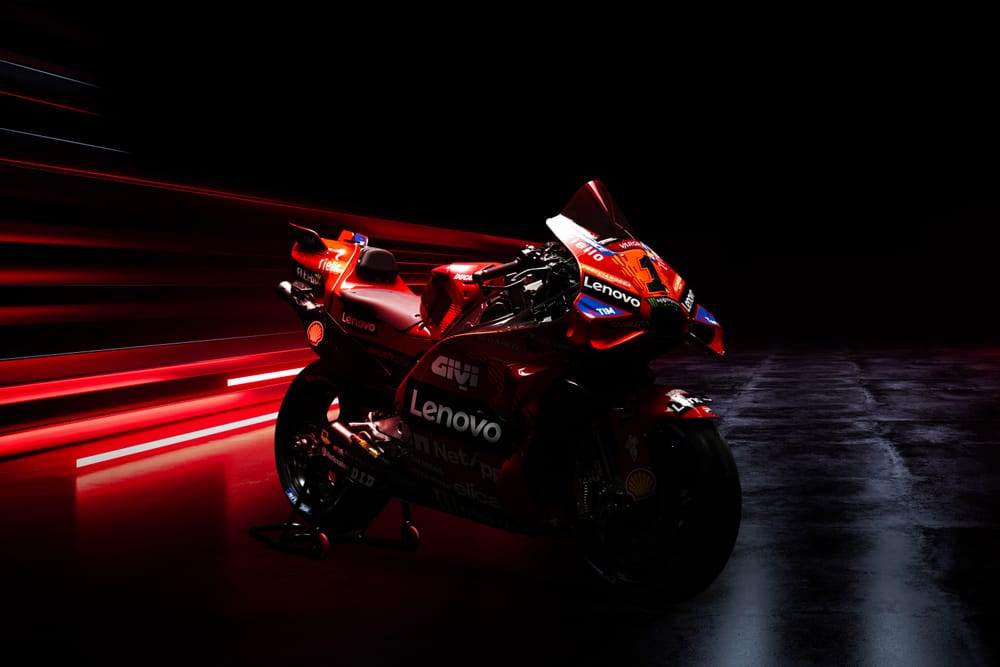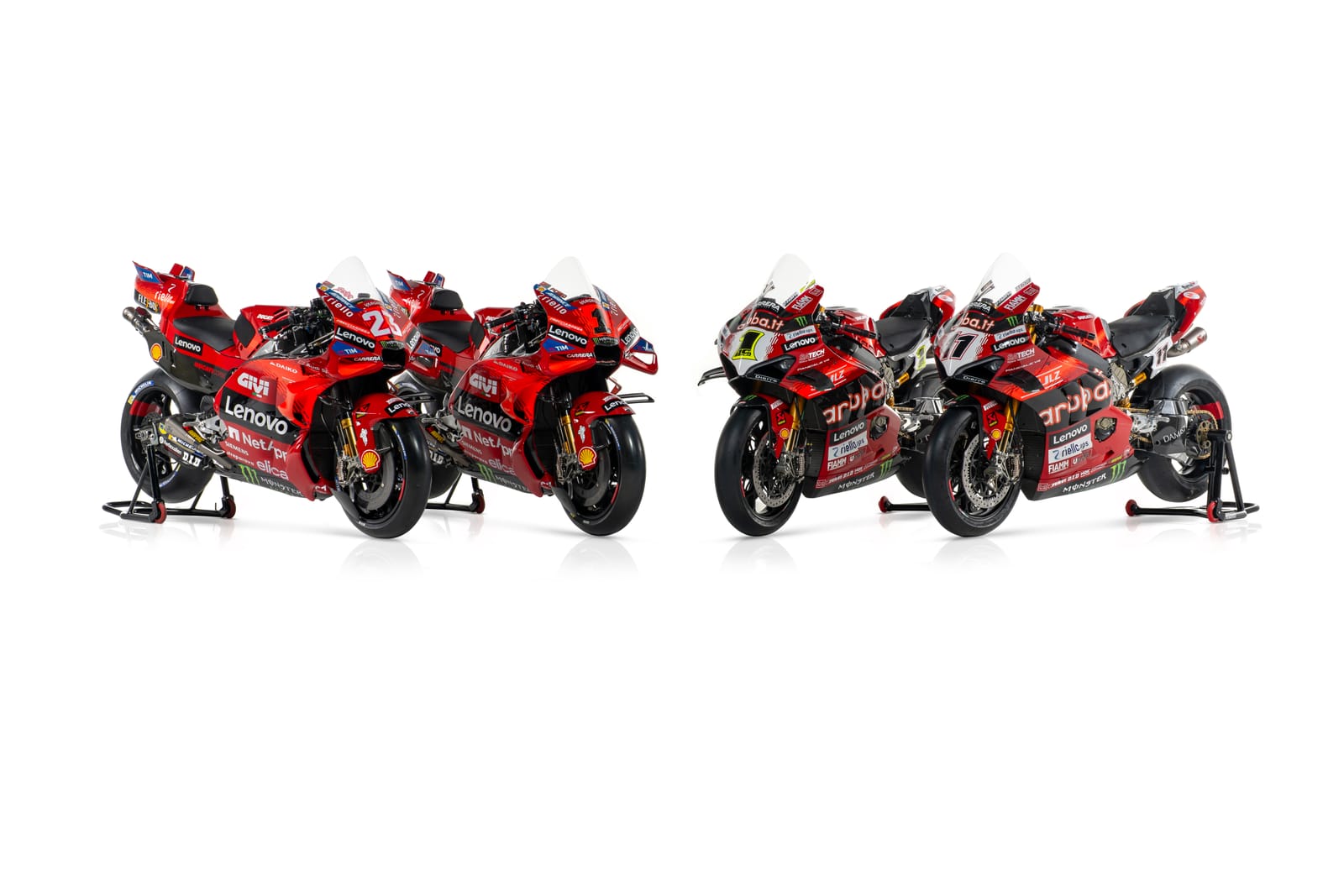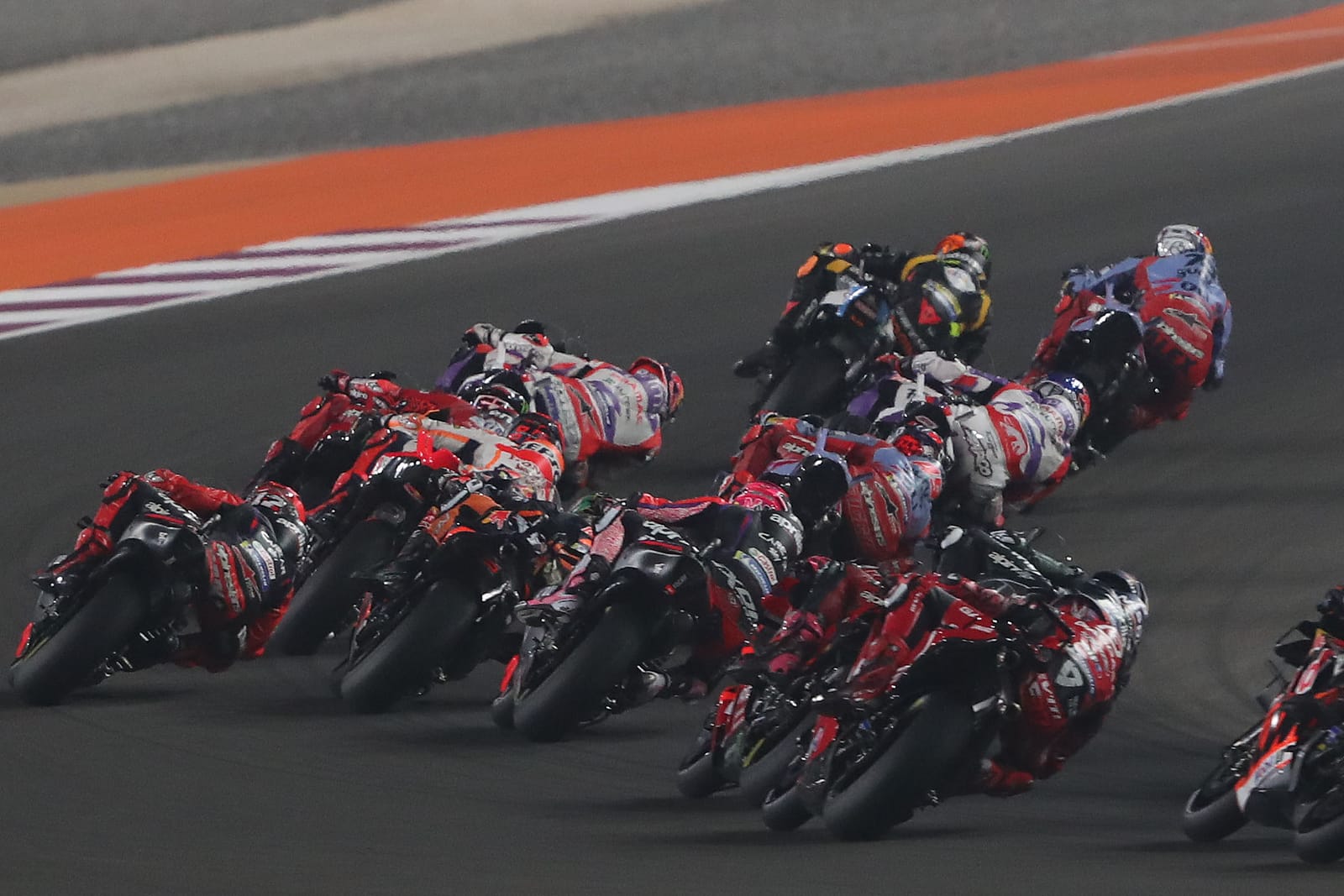Ducati has braced its MotoGP rivals for a shock when its 2024 bike rolls out in anger for the first time at Sepang early next month, as the manufacturer that pioneered aerodynamics in the championship hints it’s about to raise the bar again.
During Monday’s team launch in the Italian ski resort of Madonna di Campiglio, attention was first piqued by a comment made on stage by Ducati Corse general manager and engineering guru Gigi Dall’Igna, who promised that the 2024 machine will feature fairings that will be “extremely different to those we’ve used before”.
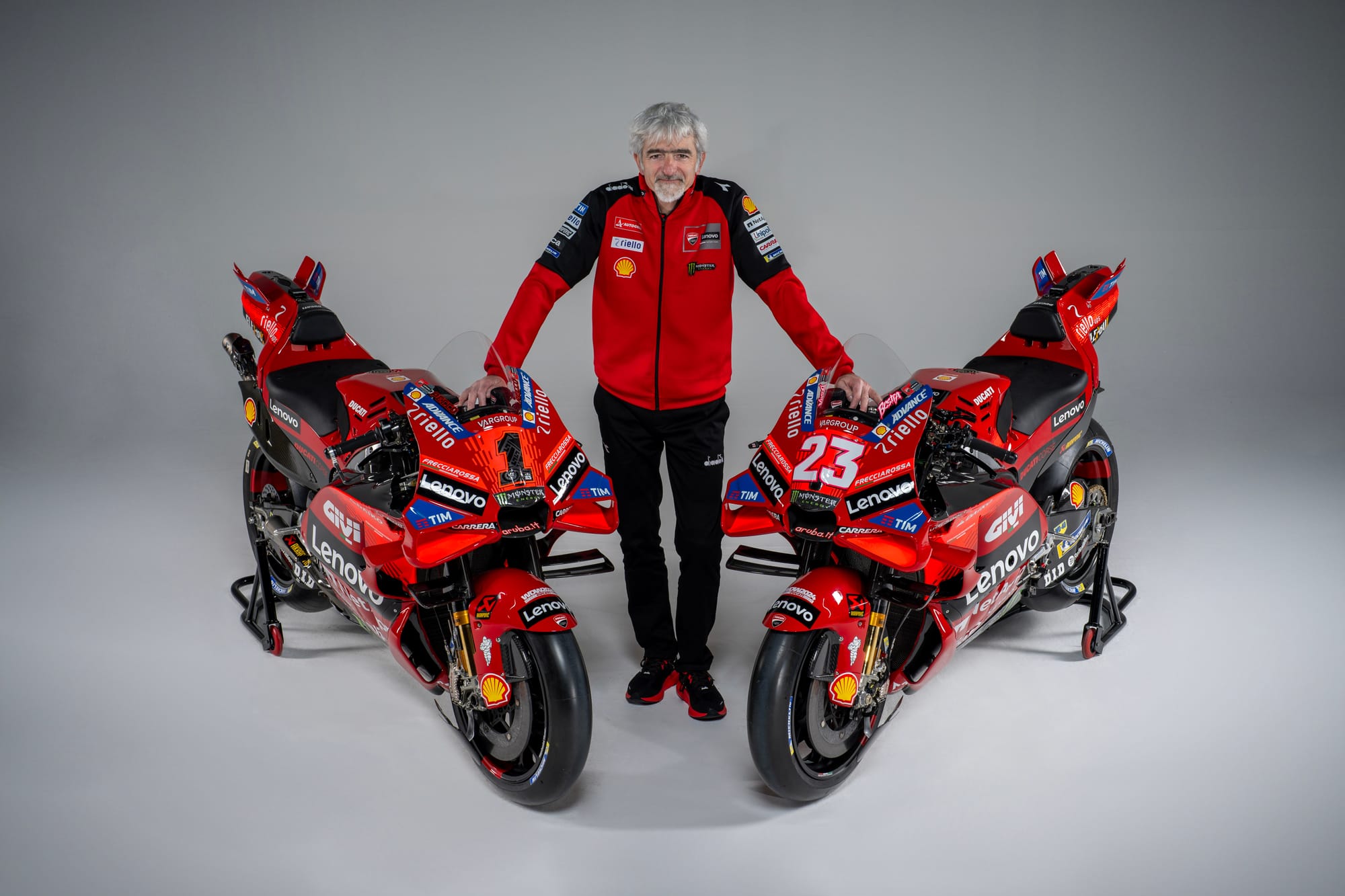
That change wasn’t on display at the launch, where Ducati instead showed off its new colours on last year’s bike - Dall’Igna keen to deny his rivals any early chance to replicate his handiwork by leaving it as late as possible to reveal it.
In fact, when quizzed about it afterwards, both the reigning world champion Pecco Bagnaia and his team-mate Enea Bastianini admitted that such has been the secrecy around the new design that they haven’t seen it either. But they’ve been told that something quite special awaits them when they head to Malaysia early in February.
“I haven’t seen it, but people inside the team have said to me that it’s good but different,” said Bagnaia. “My request was to have more handling and drag, but also downforce, so a bit of everything. But I think they’ve done a good job.”
“We haven’t seen the new aero design of the bike,” Bastianini added, “but well, it’s a very important part of the bike. It depends also on the riding style, and me and Pecco have chosen different solutions compared to [satellite team] Pramac, and probably that can happen again this year.
“We haven’t seen this solution yet though, and I’m really curious to see how it is in Malaysia.”
While Ducati might have instigated MotoGP’s aerodynamics war, it’s not exactly been the leader of it in recent seasons.
Part of that, of course, is because it hasn’t had to be. Having built an early lead on aero tech that some manufacturers (especially the remaining Japanese duo Honda and Yamaha) still haven’t caught up to, other things within the engineering team have had more of a priority in recent years, with ride height devices in particular jumping to the top of the Ducati development queue.
But also Ducati’s aero process hasn’t been helped by personnel losses, as rivals try to close the gap by poaching key staff members. The former head of aerodynamics at Ducati, Marco Nicotra, for example, started his new job at Yamaha last October, taking not just knowledge but also experience with him.
With big gains there to be exploited from the black hole of aerodynamics spending, it’s no surprise that some rivals have been hard at work to hunt down Ducati.
Fellow Italian brand Aprilia has experimented significantly with a ground-effect-style fairing designed to help glue the bike to the track in turning, while KTM’s work on rear wings has been a notable part of increasing grip both on corner entry and exit. Ducati is yet to make significant inroads into either of those two areas so far.
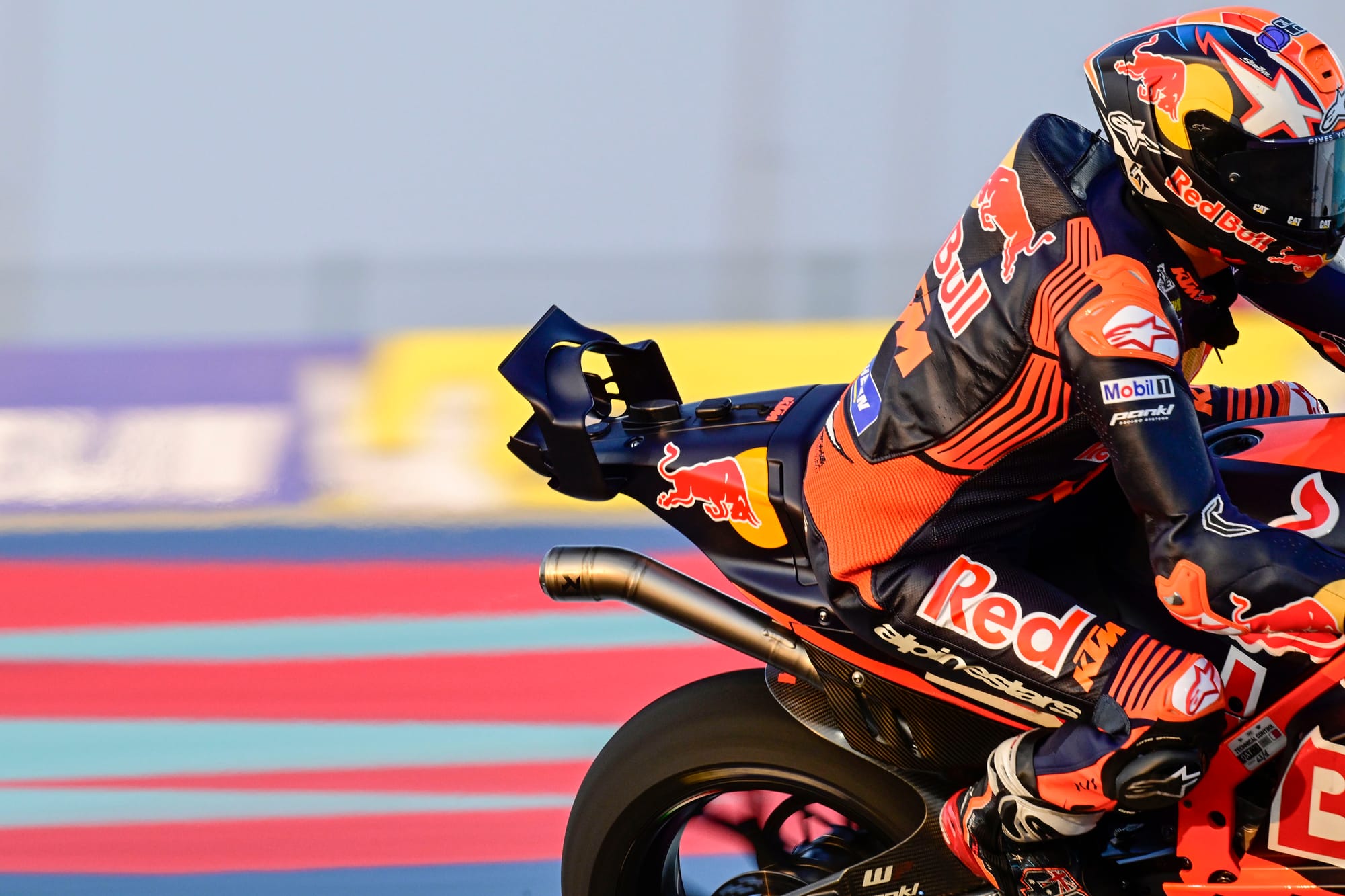
Beyond that, though, 2024 presents a very different reality in MotoGP as Ducati’s rivals all prepare to start the season with significant concessions under the revised system designed to close up the competition by weighting development and testing provisions towards struggling manufacturers and limiting them for those at the top.
Yamaha and Honda in particular will benefit from the new rules for this season, with almost unlimited testing and multiple aero specs that they can bring to the racetrack at a time Ducati sees its own testing dramatically cut back - a situation that had Bagnaia a little worried when asked about it by The Race.
“They start in Malaysia with three more days, and they can test everywhere,” he explained, “and I think this will be a big step.
“It’s true that they need it, but from my point of view the concessions for Ducati didn't have to change.
“For Ducati it should have [stayed] the same, not reducing the days of testing or the wildcards. I don’t understand it, because the concessions for others were already huge if we consider Honda and Yamaha.
“I think it’s good for them because they can do more things. They will have a big advantage from one point of view.”
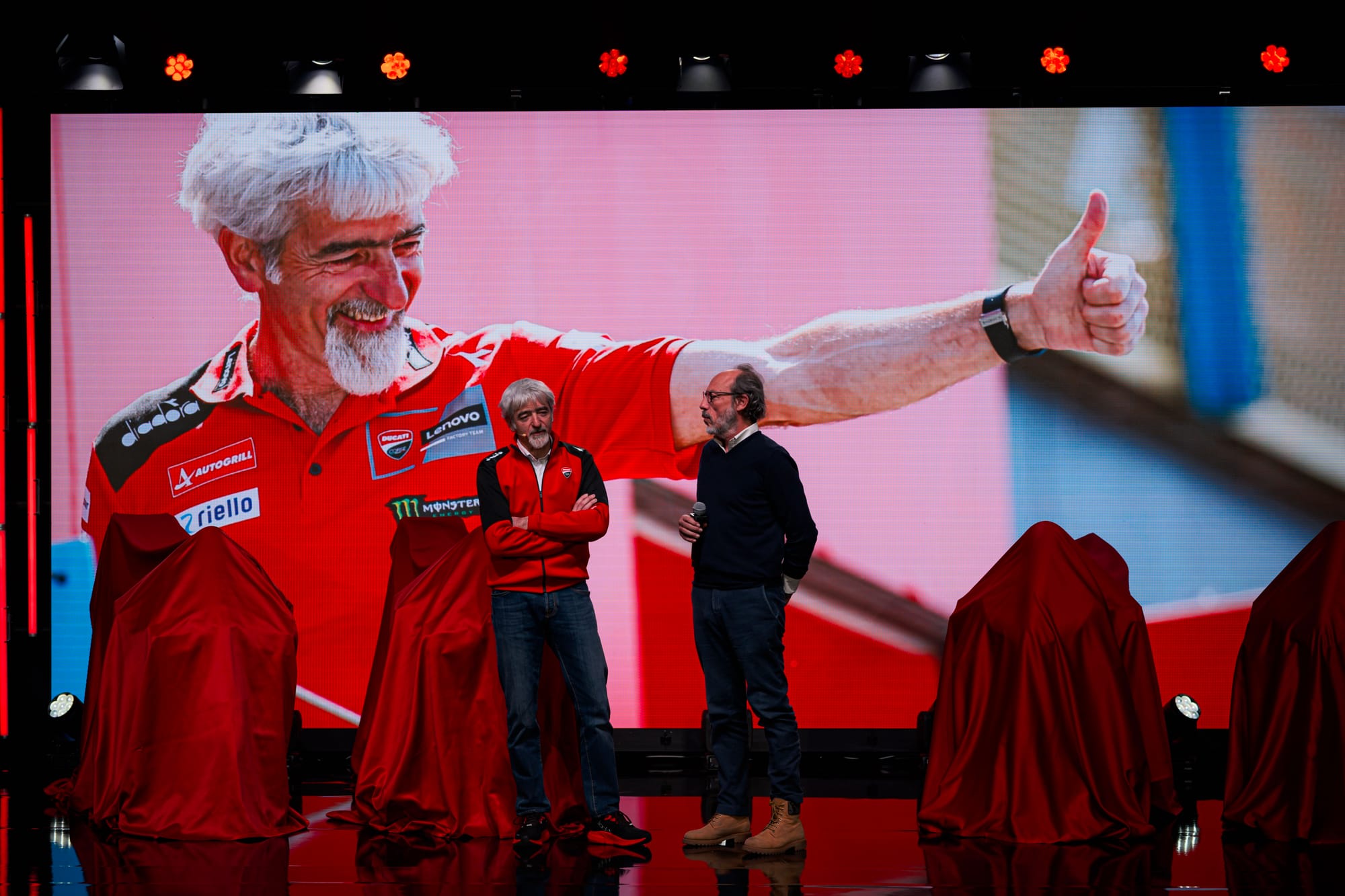
Given how far behind they have been and how far ahead Ducati has been, Yamaha and Honda do need it.
But the prospect of active measures to bring its rivals closer to its tail is a medium-term threat to Ducati’s supremacy, so it’s no surprise at all that it wants to regain its position as MotoGP’s undisputed aero benchmark.

